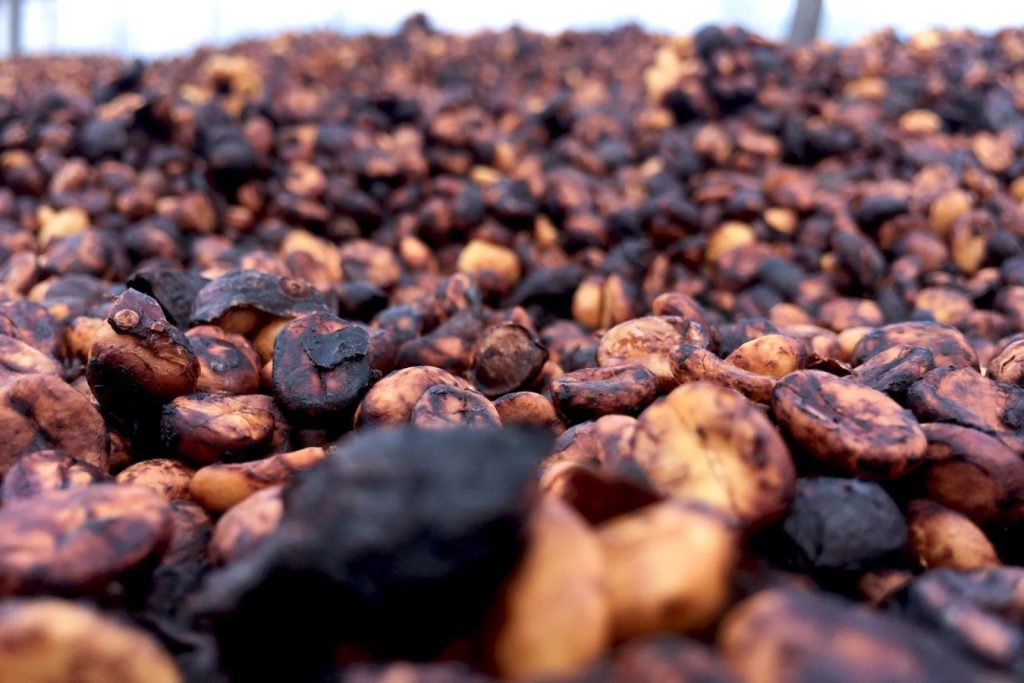To make coffee flavor, there is a way of processing
This coffee’s processing method differs from other types of coffee to preserve the honey yellow color. Robusta honey is typically processed using a wet preliminary processing procedure. After being picked, all of the mucous on the shell is removed, and the coffee is soaked in water and fermented.
After that, take it out, wash it, and dry it in the sun. The fermenting procedure can be bypassed with this honey coffee approach. During drying, leaves portion or a coating of mucilage on the seeds.
This approach produces a honey-like crust on the coffee. Furthermore, by utilizing the mucus layer, a significant amount of sugar (between 8 and 12 percent) is still absorbed into the coffee, resulting in improved flavor and taste when roasted.
Robusta Honey Coffee Taste
The Robusta Honey coffee cups live up to their name, with a thorough selection of each coffee bean and attention to every stage of the production process. When savoring Robusta Honey coffee, the gentle sweetness of natural honey, the aroma of fruit, light sourness, and a smidgeon of bitterness linger, producing an unforgettable taste.
The unique aspect of this coffee flavor is the balance between the fruity but not overpowering flavor and the acidic taste from the wet processing. Create a coffee with a distinct and unique flavor.
Dry processing methods
Either a coffee flavor or a reference to the coffee tree’s fruit, which resembles a red cherry. Either a coffee flavor or a reference to the coffee fruit MoreIf these are not removed during the first few days of drying, the green turns brown and becomes difficult to distinguish from the ripe fruit.
Honey process coffee
Because coffee is a fruit, it must be “processed” at the farm level before reaching your favorite coffee roaster and, ultimately, your cup. The honey process is one method that has grown in popularity in recent years, particularly in Costa Rica, which is often credited with its invention. Unfortunately for any bears reading this, no actual honey is involved.
To understand the honey process, first become acquainted with the two polar opposites of traditional coffee processing: washed coffee and natural process.
After being picked from the coffee treelet, the pulp (skin), fruit, and mucilage surrounding the coffee bean are mechanically removed from the coffee cherry (called “depulping”) in a washed coffee. The remaining seeds, known as coffee beans, are then washed, fermented, and dried in tanks. In contrast, in a natural process, coffee is dried in the sun with the skin and flesh of the coffee fruit, also known as a coffee “cherry,” still attached. This can impart flavors to the bean that some people find fruity, complex, and interesting.
Then there’s the honey process, which occurs somewhere in the middle. The coffee cherry’s pulp (skin) and fruit are removed during honey processing, leaving a thin layer of sticky mucilage. This mucilage would be completely removed from a washed process coffee before drying, but some of it is left on during the drying stage in honey processing.

